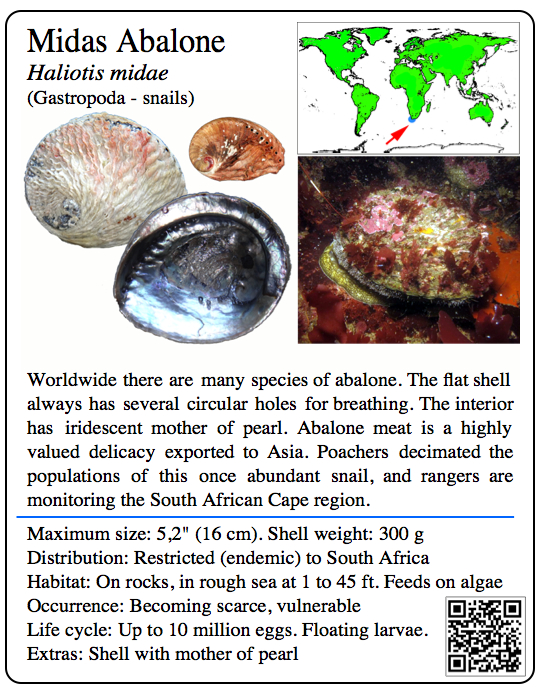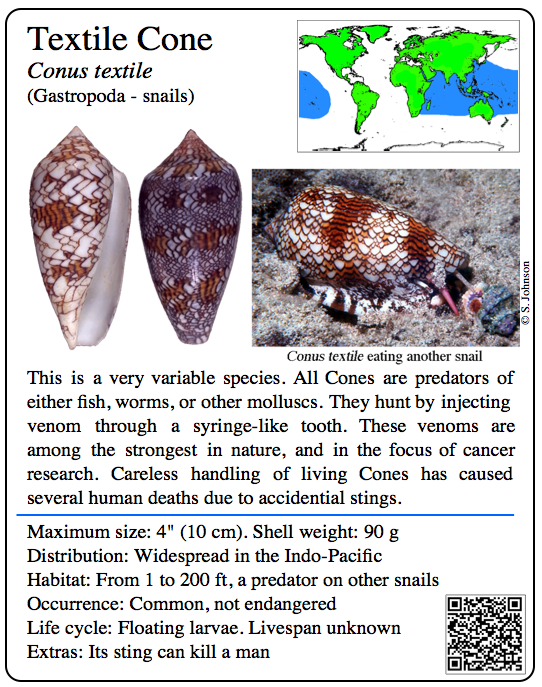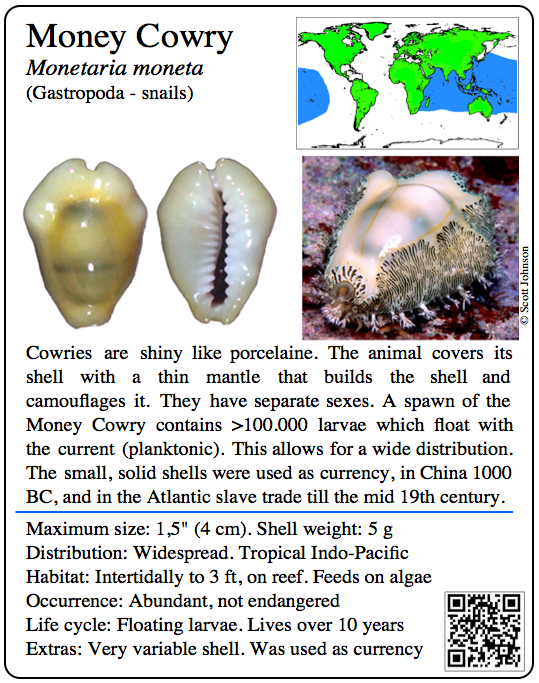
NEWS
| December 2023 |
The IUCN workshop for the
red list re-assessment of the Conidae was held at the Senckenberg
Museum Frankfurt. Felix participated to evaluate the status of the more
than 1000 species, together with other experts fromall over the world. |
| April and November 2023 |
More trips to the Maldives (five in total since '22) we discovered two new species (Turritella janae and Archivolva cheripoda), and identified a new organ in Gastropods, the cheripodium, a hand-like structure at the frontend of the foot. |
| November 2023 |
Release of the MSF book "Carrier Shells -
Garbage Collectors of the Oceans",written by Kurt Kreipl and Felix
Lorenz. It features the gastropod family Xenophoridae that attaches
foreign objects to their shells, human waste included. |
| February 2023 |
Fuerteventura. For something completely
different, we went to this drab island to do some intertidal sampling
for the collection of the MSF. We collected 66 species of seashells,
all empty but in nice condition, on beaches and in tidal pools. |
| October 2022 |
Maldives again, same spot, as our work could not be completed, and we really like the place and have met lovely people. |
| July 2022 |
Maldives... While Jana had seen the beauty of
the reefs in the early 1990s, Felix never went. The goal is to study
the shallow water faunaof the southern part. |
| March 2022 |
We will meet our friends Eric and Maryse Le
Court de Billot, to visit Rodrigues Island and examine the shellow
lagoon waters and the shellgrit along the beaches. |
| March 2022 |
The Molluscan Science Foundation now exists for 10 years!! We have come a long way, and achieved a lot. Check it out! |
| October 2021 |
At last we could get out again, for a three
week's trip to the Seychelles. The main target was verifying the
existence of several cowry species that had not been found any more in
recent years. We found all of them, and the reefs in better shape than
on our 2017 trip. |
| August 2021 |
Two new species of cowries are described in the
Conchylia magazine No. 52(1-2): Erronea corona and Erronea amralii,
latter honoring the late Amr Ali, director of HEPCA. |
| November 2020 |
A long-awaited book was launched The Silvano Larini Cowry Collection. F. Lorenz - A portrait of an outstanding collection assembled by an outstanding personality. ConchBooks. |
| April 2020 |
The book "Seashells from Rólas, São Tomé.
F. Lorenz and J. Kratzsch - A handbook to the molluscan fauna of
Rólas at the southern tip of São Tomé. ConchBooks
was launched. It is already out of print. You can download a pdf here. |
| January 2020 |
Sao Tomé, and the small island of Rolas
in particular, turned out interesting for a variety of species,
including a new Cerithium, which is abundant, but had never been named
(now Cerithium lorenzi Bozzetti 2020). We decided to write a book about the place. |
| Sept. 2019 | An
exhaustive trip to Kwa-Zulu Natal, surveying the Sodwana Bay area
(several new species were discovered) and the northern Transkei. Lots
of exciting dives, a lot of material still in the progress of being
studied. |
| March 2019 |
We went to the coast of Morocco to survey the occurrence of Schilderia achatidea, which turned out quite rare but otherwise typical for the West african coast. |
| January 2019 |
We have started a Facebook group called Marine Conservation where people can post all sorts of pictures and movies to do with threats of the seas |
old News...
| January 2018 | We went to Mirbat and the Hallaniyat Islands in Oman, on board the Oman Aggressor,
together with Wayne Hasson. We discovered ten (!) new species of
Marginellidae, one of which has been named Dentimargo aggressorum
Cossignani & Lorenz 2018. At the Mirbat Marriott Hotel Beach, Felix noticed that the abundant shallow-water species
commonly known under the name Colina pinguis did not really resemble
the nominate South African taxon. Subsequent examination of the
shells revealed a new species endemic to the area of Mirbat. It has been
named Colina lorenzi Bozzetti 2018. We had not expected to find so many
new species in the limited time we spent..! |
| March 2018 |
The second Volume of the long-awaited Cowry book
has been launched. A 7 years trip of compiling the 1400 pages in total
has come to an end and there is time for new adventures. |
| April 2018 |
Felix went to Baltimore to give talks to sponsors and affiliates of the Molluscan Science Foundation, Inc. Shortly after USA he went to Western Australia to attend an expedition using a remotely operated vessel commercially collecting shells. Many new species have been discovered by this venture in recent years. |
| May 2018 |
We
were
invited by SUBEX and HEPCA to attend a biological symposium with
diving and photography in the bay of Sahl Hasheesh in Egypt, hosted by
Johann Vifian. We did a lot of diving and identified at least three new
species of Turridae, one of which will be named after SUBEX. We then
went on a private research trip on board our favorite Egyptian
liveaboard, the MV Aeolus with our team of six. Hardly to believe, but
we discovered a
new species of Cowry, alas only a single fresh dead shell, yet so
distinct that it will be named in the near future. Who knew... |
| August 2018 |
The
School Project is entering the next level. Felix and Jana are busy
editing the fact-cards. The idea of the school project is to put shells
into the hands of 5-7 graders to trigger fascination and awareness -
for many kids it will be the first time they can examine an item from living
nature, sadly enough. Together with the Molluscan Science
Foundation we will deliver posters, information for teachers and sets
of readily available, dead-collected shells (approx. 20 species) plus
fact-cards (see below samples) on a total of 40 selected species, and
send them out to schools nationwide. The kids identify the shells they
are given, do a show and tell with their classmates, scan the QR code
for a link to additional information, movies, etc. In following
lessons, the teacher will discuss the vulnerability of the
habitats the shells live in, the necessity to preserve them, and how
each of us can contribute to protect the mollusca and their environments,
e.g. by reducing waste, and conserving ressources such as water and
electricity. The test runs we have done with a rather basic setup in schools in the US and in Belgium are overwhelming. |
| November 2018 |
To broaden our knowledge of the Caribbean, we went to Curaçao and Aruba. We left out Bonaire because a place where you
are not allowed to even pick shells up from the beach is out of bounds
for us. In Curaçao we hired the Curasub to look for shells to a
depth of 300 m. We returned with rich material from the beaches of both
islands, the intertidal zone and the upper sublittoral. A comprehensive
report will soon be published in The Festivus magazine. |
 |
 |
 |
 |